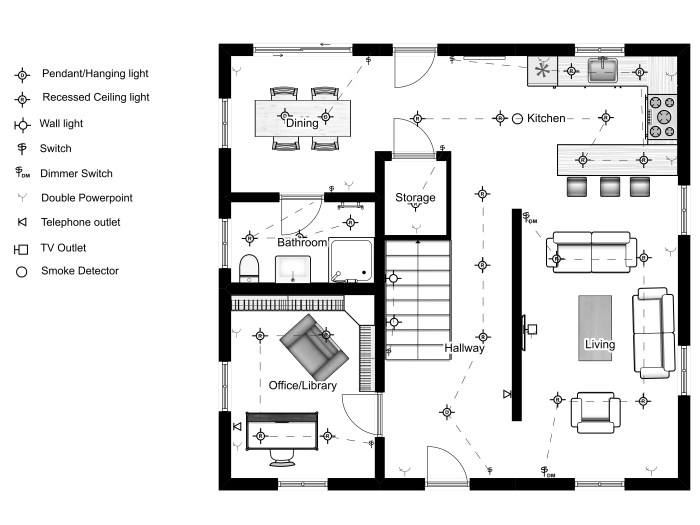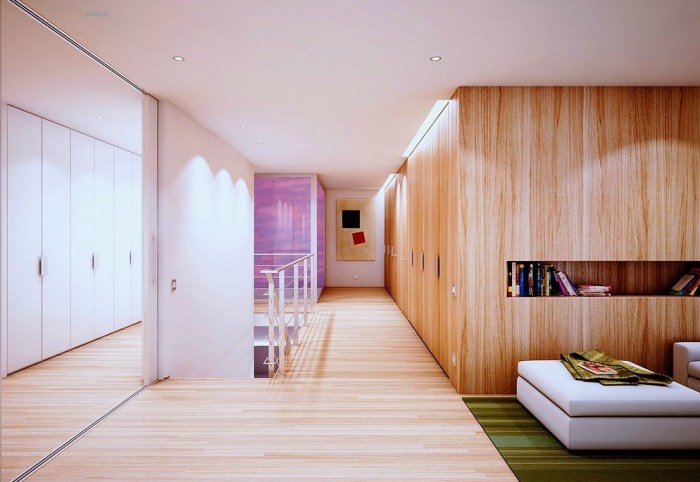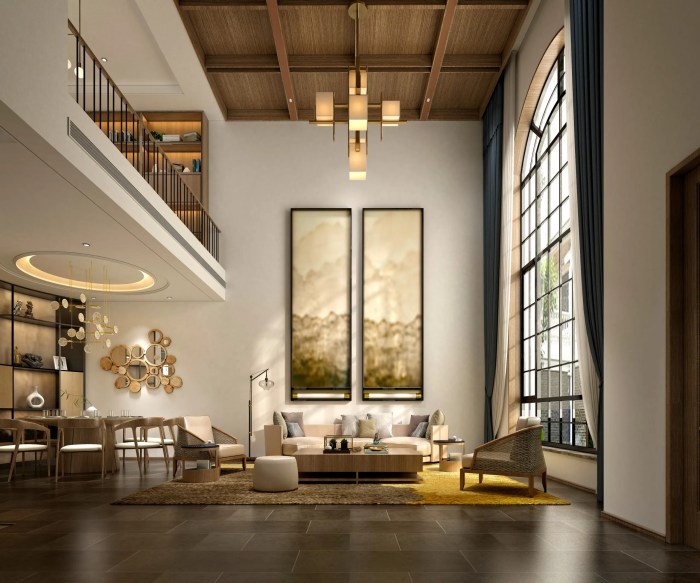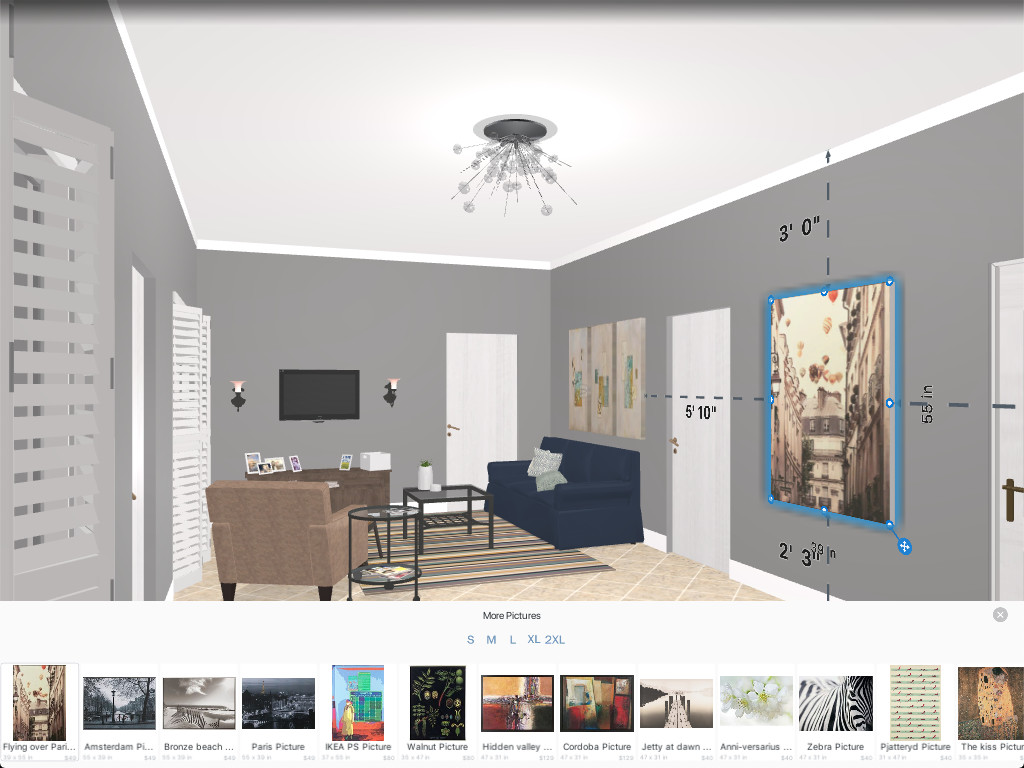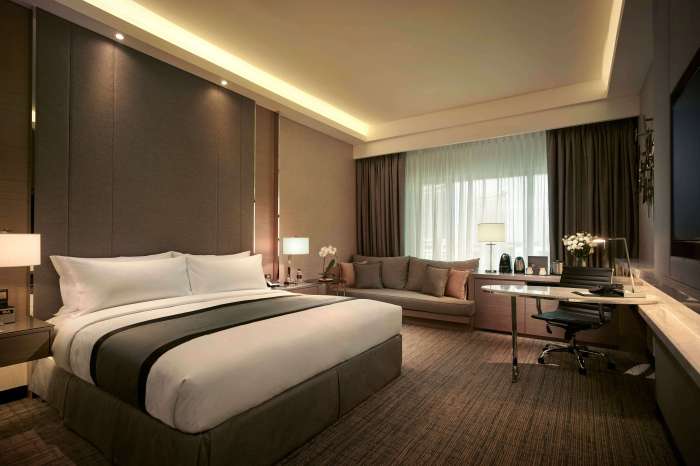Stepping into the world of bar interior design, we dive into the key elements that shape a welcoming ambiance, from lighting choices to furniture selection. Let's explore the art of creating the perfect bar setting that keeps customers coming back for more.
Elements of Bar Interior Design
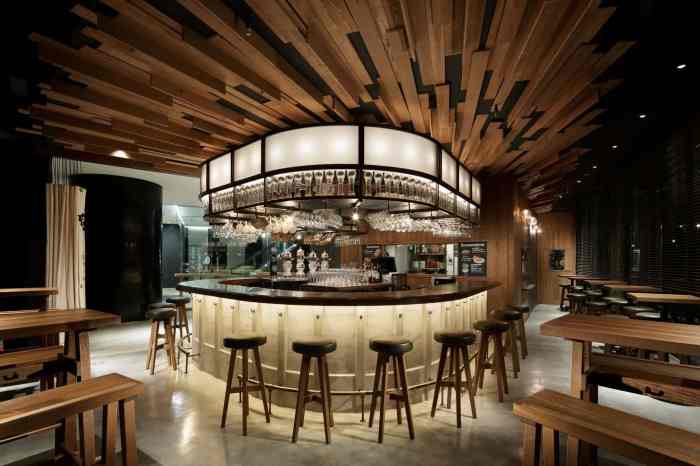
When it comes to creating an inviting bar interior, several key elements play a crucial role in shaping the overall ambiance and comfort level for patrons. Lighting choices, furniture selection, and overall layout are essential factors to consider.
Lighting Choices
Lighting is a crucial element in setting the mood and ambiance of a bar. The right lighting can create a cozy and welcoming atmosphere, while poor lighting choices can make the space feel dull and uninviting. Whether it's soft overhead lights, warm wall sconces, or decorative pendant lamps, the lighting design should complement the overall theme and decor of the bar.
Furniture Selection
The type of furniture chosen for a bar can greatly impact the comfort level of patrons. Comfortable bar stools, cozy booths, and stylish tables all contribute to creating a space where customers can relax and enjoy their drinks. The furniture should not only be aesthetically pleasing but also practical and durable to withstand the wear and tear of daily use.
Color Scheme and Mood
When it comes to bar interior design, the color scheme plays a crucial role in setting the mood and ambiance of the space. Colors have the power to evoke emotions and influence the overall experience of customers, making it essential to choose the right palette.
Warm vs. Cool Colors
Warm colors like red, orange, and yellow are known for creating a cozy and inviting atmosphere in a bar. They can stimulate appetite, encourage social interaction, and make the space feel lively. On the other hand, cool colors such as blue, green, and purple have a calming effect and can promote relaxation and tranquility.
Depending on the desired vibe, bar owners can choose between warm or cool colors to enhance the overall mood.
Color Psychology in Customer Behavior
Color psychology suggests that different colors can affect people's emotions and behaviors. For example, red is often associated with energy and excitement, making it a popular choice for bars aiming to create a vibrant and dynamic environment. On the other hand, green is linked to nature and harmony, which can be ideal for a bar with a focus on sustainability or a more laid-back atmosphere.
By strategically incorporating colors based on their psychological impact, bar owners can influence customer perceptions and behaviors within the space.
Layout and Space Utilization
When it comes to bar interior design, the layout and space utilization play a crucial role in creating a functional and inviting space for customers. Efficient layout designs not only maximize the use of space but also contribute to the overall atmosphere of the bar.
Importance of Traffic Flow and Accessibility
Creating a layout that ensures smooth traffic flow and easy accessibility is essential in bar design. Customers should be able to move around the bar without feeling cramped or obstructed. Consider factors like bar counter placement, seating arrangements, and pathways to the restroom to optimize traffic flow.
- Place the bar counter strategically to allow bartenders to serve customers efficiently while maintaining a clear line of sight throughout the bar.
- Opt for versatile seating options like bar stools, high tables, and lounge seating to accommodate different group sizes and preferences.
- Design clear pathways that lead customers to different areas of the bar, such as the dance floor, outdoor patio, or private lounge, without causing congestion.
Creating Designated Spaces for Different Activities
Incorporating designated spaces within the bar for different activities or customer preferences can enhance the overall experience. By segmenting the space effectively, you can cater to a diverse range of customers and create unique atmospheres for various occasions.
- Consider creating a cozy corner with plush seating and dim lighting for intimate conversations or date nights.
- Designate a lively area near the bar counter with high tables and bar stools for guests looking to socialize and interact with others.
- Set up a separate space for live music performances or DJ sets, complete with a stage and dance floor, to entertain guests and create a vibrant atmosphere.
Materials and Textures
When it comes to designing a bar interior, the choice of materials and textures plays a crucial role in creating the desired ambiance and aesthetic appeal. From sleek and modern to rustic and cozy, the selection of materials can set the tone for the overall design concept.Textures, on the other hand, add depth and character to the space, making it more visually interesting and engaging.
Whether it's the roughness of exposed brick walls, the smoothness of polished wood countertops, or the plushness of velvet upholstery, textures can evoke different emotions and enhance the overall atmosphere of the bar.
Popular Materials Used in Bar Interiors
- Wood: Adds warmth and natural appeal, commonly used for bar tops, tables, and chairs.
- Metal: Provides an industrial and modern look, often used for bar stools, lighting fixtures, and accents.
- Stone: Imparts a sense of luxury and sophistication, used for countertops, walls, and flooring.
- Leather: Adds a touch of elegance and comfort, popular for seating options like sofas and armchairs.
Impact of Textures on Bar Design
- Soft textures like velvet or suede can create a cozy and inviting atmosphere.
- Rough textures such as exposed brick or distressed wood can add a rustic and laid-back vibe.
- Sleek textures like glass or polished metal can contribute to a modern and sophisticated look.
Choosing Durable Materials for High-Traffic Bars
- Opt for materials that are easy to clean and maintain, such as stainless steel or laminate surfaces.
- Consider the wear and tear that high-traffic areas will endure, and choose materials known for their durability, like quartz or granite.
- Avoid overly delicate materials that may not withstand the rigors of a busy bar environment, opting instead for sturdy options like polyurethane-coated wood or metal finishes.
Final Conclusion
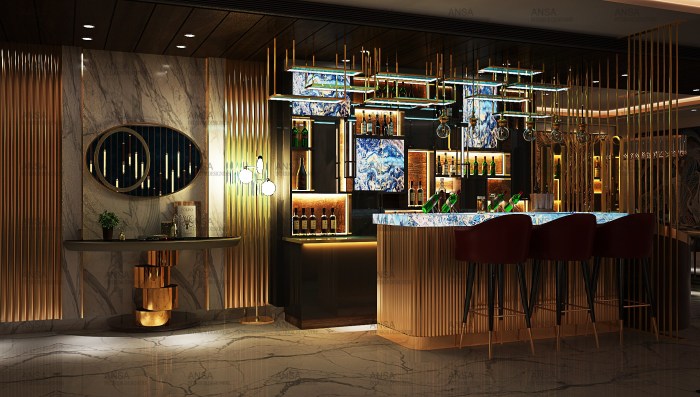
As we wrap up our discussion on bar interior design, remember that the right blend of elements, color schemes, layout, and materials can transform a bar into a memorable experience. Cheers to designing spaces that leave a lasting impression on patrons!
Popular Questions
What are the key elements that contribute to an inviting bar interior?
Key elements include lighting, furniture selection, and overall ambiance that create a welcoming space for patrons.
How do color schemes impact bar interior design?
Color schemes play a crucial role in setting the mood and atmosphere of a bar, influencing customer behavior and perceptions.
What materials are suitable for a high-traffic bar environment?
Durable materials like metal, wood, and leather are commonly used in bar interiors to withstand heavy use and maintain aesthetics.

